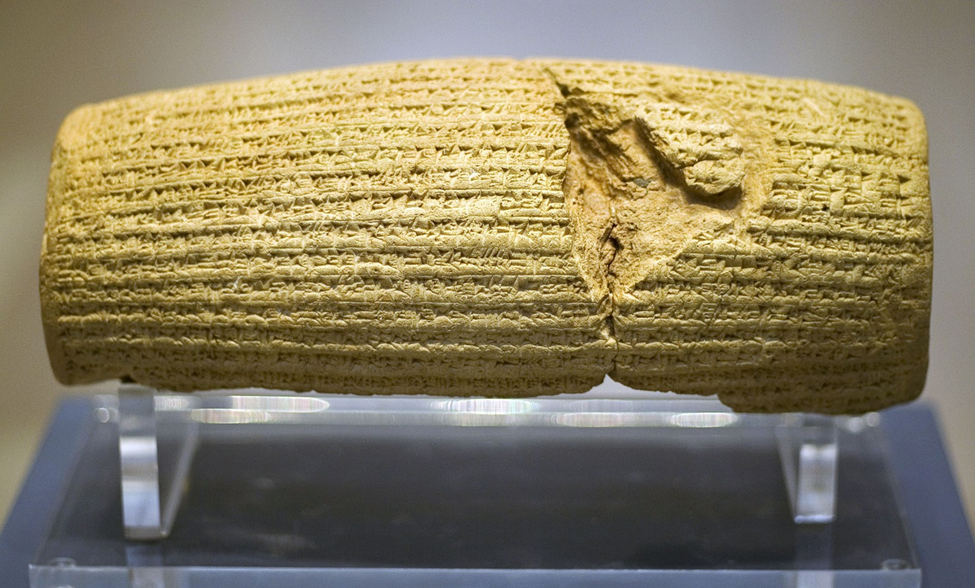

“This is the inheritance of the tribe of the children of Judah according to their families…Halhul, Beth-zur, and Gedor (Joshua 15:20-58)”
“They came into Idumea and encamped at Beth-zur, and Judas met them with ten thousand men… Then Judas and his brothers said, “See, our enemies are crushed; let us go up to cleanse the sanctuary and dedicate it (Maccabees 4:29-61. Today, this event is celebrated by more than 15 million Jews worldwide as the holiday of Chanukah)

Today we are visiting an isolated Biblical site, directly related to one of the most consequential events in Jewish history. Tourists seldom visit here though, and not many Israelis (outside of the settlements) are even aware of its existence (indeed, even online information about this wonderful town is hard to find). This incredible site though, has not only history, inspiring beauty, and panoramic views, but an intriguing story, connected to one of the greatest miracles in history!

When Joshua brought the Children of Israel into the promised land after 40 years in the desert, Karmei Tzur (then called Beit Tzur) was given to the tribe of Judah (see Joshua 15). Before Jacob passed away, he blessed Judah so that his land would be fertile, (especially with grapes) and produce an abundance of wine (see Genesis 49:11). Even today, visitors to Karmei Tzur (which literally translates as the Vineyards of Tzur) can clearly see the fruits of the blessing, with the many vineyards surrounding the town.

In 422 BCE the holy First Temple was destroyed by the Babylonians, and the population of Judea exiled to modern day Iraq. Only a few decades later, the Persians conquered Babylonia. In 350 BCE, during the days of Ezra and Nehemiah (under the rulership of King Cyrus the Great) the Jews were allowed to return to the newly created province of Yehud (Judea) and rebuild the Temple. Although the Persians were the ultimate rulers, in practice they allowed the Jews to run the province autonomously (as long as they remained loyal to the empire). However, the new province encompassed a much smaller area than historic Judea. Beit Tzur was on the very southern border of Yehud.

Photo Credit: Garry Steven -CC BY-NC-SA 4.0
The inhabitants of the town of Beit Zur helped rebuild the walls of Jerusalem (see Nehemiah 3:16).

Prioryman – CC BY-SA 3.0
The town of Halhul, across the tiny valley (which is an Arab city today and very visible from where we stand) was already part of Idumea (Edom). The valley didn’t just separate the two towns, it separated the world of monotheism and paganism (which became more pronounced once the Hellenist Syrian-Greeks took over Judea from the Persians and tried to force the Jews to forsake the holy Torah).

With the anti-Torah decrees of the Hellenist rulers, a small group of pious Jews led by the Maccabees (5 brothers) rebelled. Against all odds, they defeated the powerful Greek army in the first three battles (which to this day are considered among the greatest upsets in military history)! When word of the Greek defeat reached Lysias, the Syrian Governor, he was shocked as he believed that victory for the Jews wasn’t possible. Discouraged, he mustered a whopping 65,000 troops and stationed the troops at Halhul. At Beit Tzur the Jews, led by their leader Judah the Maccabee, had only 10,000 troops. Although outnumbered, with G-d’s help, the Syrian-Greeks lost 5,000 men. When Lysias saw his troops were dying (in addition to the determination of the Jewish forces) he withdrew and fled to the capital city of Antioch (modern day southern Turkey). When Judah saw that the siege had been lifted, he told his men “See, our enemies are crushed; let us go up to cleanse the sanctuary (of the Temple) and dedicate it.” They then travelled to Jerusalem and rededicated the Temple (which had been desecrated by the Greeks). Today, the Jewish holiday of Chanukah celebrates these miraculous events (see 1 Maccabees 4). Afterwards, Beit Tzur was fortified to protect the southern border (according to historian Josephus, this town became the strongest in all of Judea).

Two years later, Lysias returned with 120,000 soldiers and 32 elephants (the tanks of the ancient world). They re-conquered Beit Tzur and headed towards Jerusalem. Enroute, they battled the Jewish forces at Beit Zechariah (the fifth battle of the war) and for the first time, the Jewish people were defeated. The Greeks then laid siege to Jerusalem. G-d caused a rebellion to happen in Antioch, and Lysias had no choice but to return back, lifting the siege (see 1 Maccabees 6).

Over the next few years, Beit Tzur changed hands several times, until ultimately the losing Greeks were expelled from all of Israel. In 100 BCE, the town was abandoned for millennia (though there is evidence that during Byzantine times it was inhabited).
In 1984, the observant Jewish town of Carmei Tzur was founded not too far from the ruins. Today, the flourishing town has over 1000 residents, including 8 families of “Inca Jews”, South American aboriginals who converted to Judaism

Photo Credit: Gush-Etzion.org
On your next trip to Israel, especially if you are visiting Hebron, I recommend briefly stopping here to experience this historical delight in person!
To see a sample tour itinerary which could include the Karmei Tzur, check out: : Hebron/Gush Etzion/Rachel’s Tomb
Please visit the author’s Israel tour guiding site: https://guidedtoursofisrael.com
(All images used are either free usage or properly licensed by the author)






![Why You Shouldn’t Be Afraid of G-d – Soul Talk [audio]](https://c622d1ec.delivery.rocketcdn.me/wp-content/uploads/2025/03/light-4681014_640-218x150.jpg)
![Modesty & Matzah – Pull Up a Chair [audio]](https://c622d1ec.delivery.rocketcdn.me/wp-content/uploads/2025/03/matzah-1566456_640-218x150.jpg)















